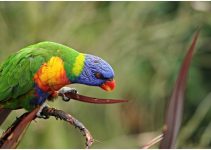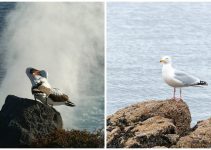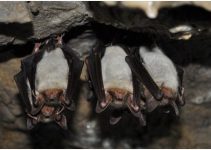The Earth is so huge that even with humans living thousands of years on its surface, a lot of its places remain unexplored and uncharted. Thus, humans continue to try exploring places they had never gone to before, hoping to experience something new. In the case of scientists, they explore places in hopes of discovering new species.
In line with this, the National Science Foundation funded a seven-week expedition on the Verde Island Passage, set between Luzon and Mindoro in the Philippines. The location choice was not completely random as this area belongs to the rich Coral Triangle which has long been explored by scientists of the California Academy of Sciences.
The expedition had been quite fruitful. In a joyful announcement revealed by the academy during the World Oceans Day celebration last June 8, 2015, over 100 new species were revealed. Although a number are but sub-species to already established species, a lot were considered as ‘weird’ because these have never been encountered and recorded before.
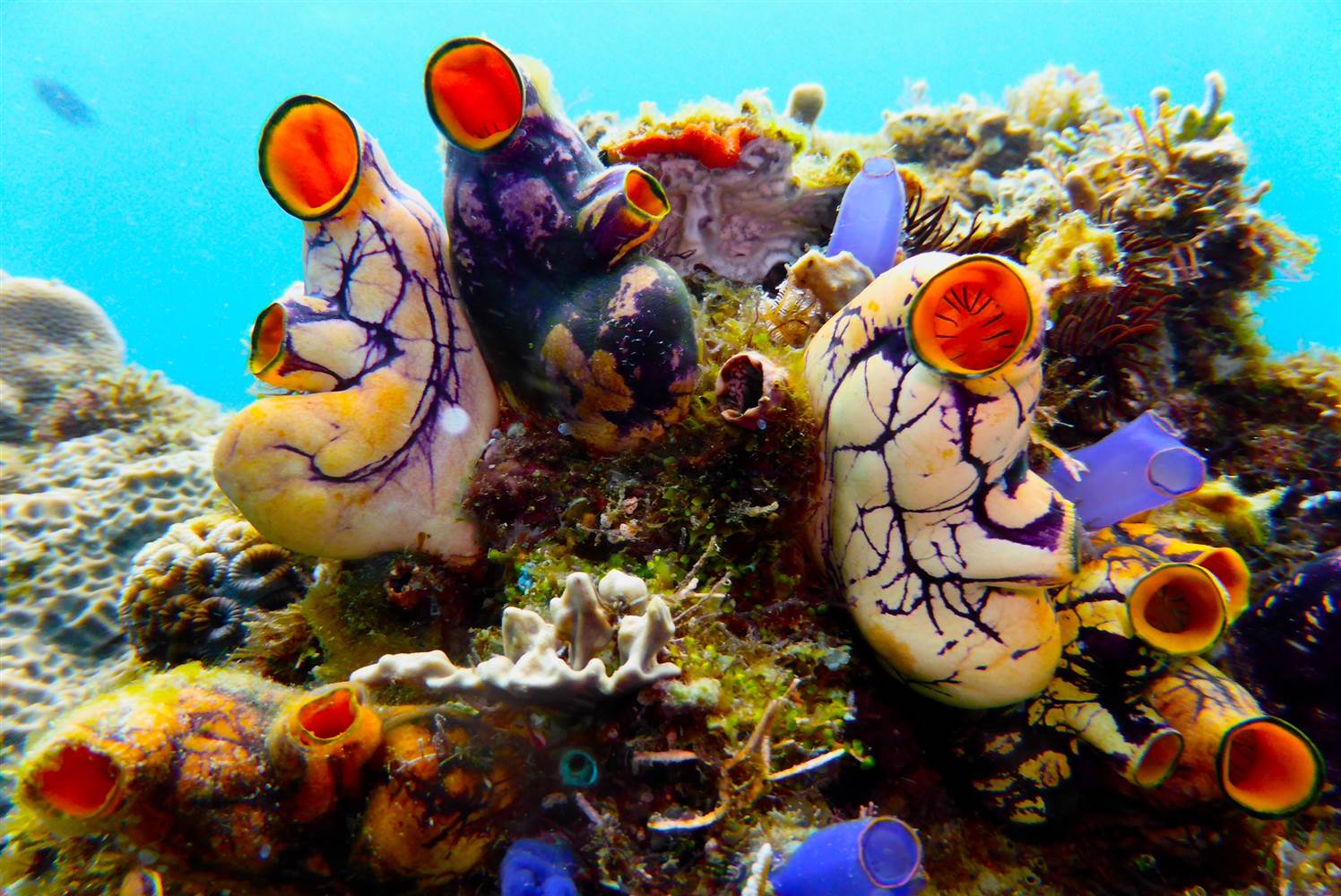
Photo credit: NBC News-Gary Williams/California Academy of Sciences
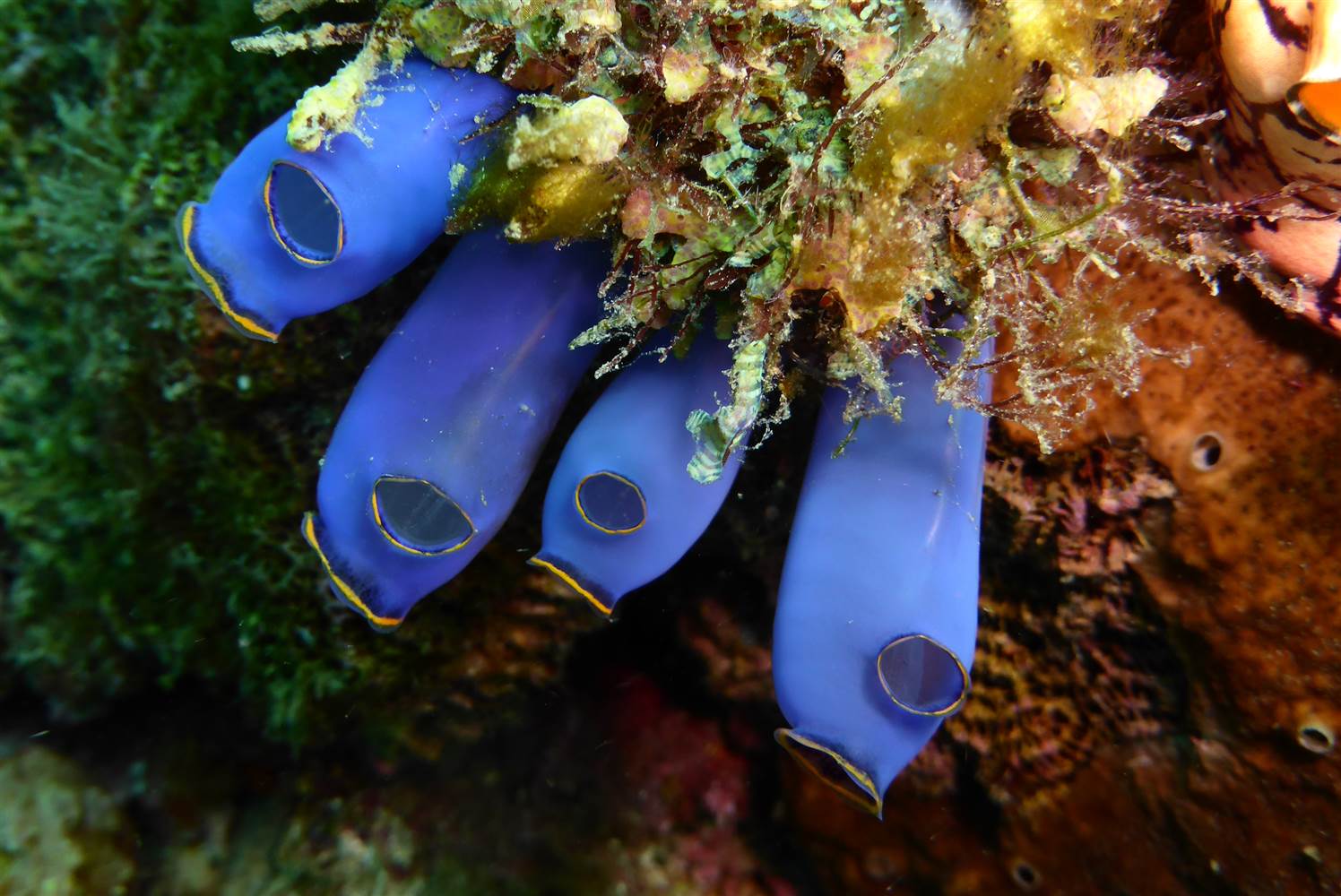
Photo credit: NBC News-Gary Williams/California Academy of Sciences
This exciting discovery will lead to more work for the scientists who still need to run various tests, including DNA sequencing to confirm these weird new species.
Some of the species found along Verde Island Passage are heart urchins, sea slugs, blue sea squirts, and nudibranch.

Photo credit: NBC News-Rich Mooi/California Academy of Sciences
The nudibranch discovery was especially surprising to principal investigator Terry Gosliner who, according to NBC News, had previously “based a species description on analysis of a deceased specimen”. The live specimen found in Philippine waters provided the scientists with plenty of information, not just about how the species actually looked like but also about its reproductive processes and within-species variations.

Photo credit: NBC News-California Academy of Sciences
Gosliner also mentioned how the Philippines is home to a lot of diverse species and is “one of the most astounding regions of biodiversity on Earth”. However, several of these species are already considered as threatened. It would surely be wonderful to discover these new species and find a way to conserve them lest they become extinct.
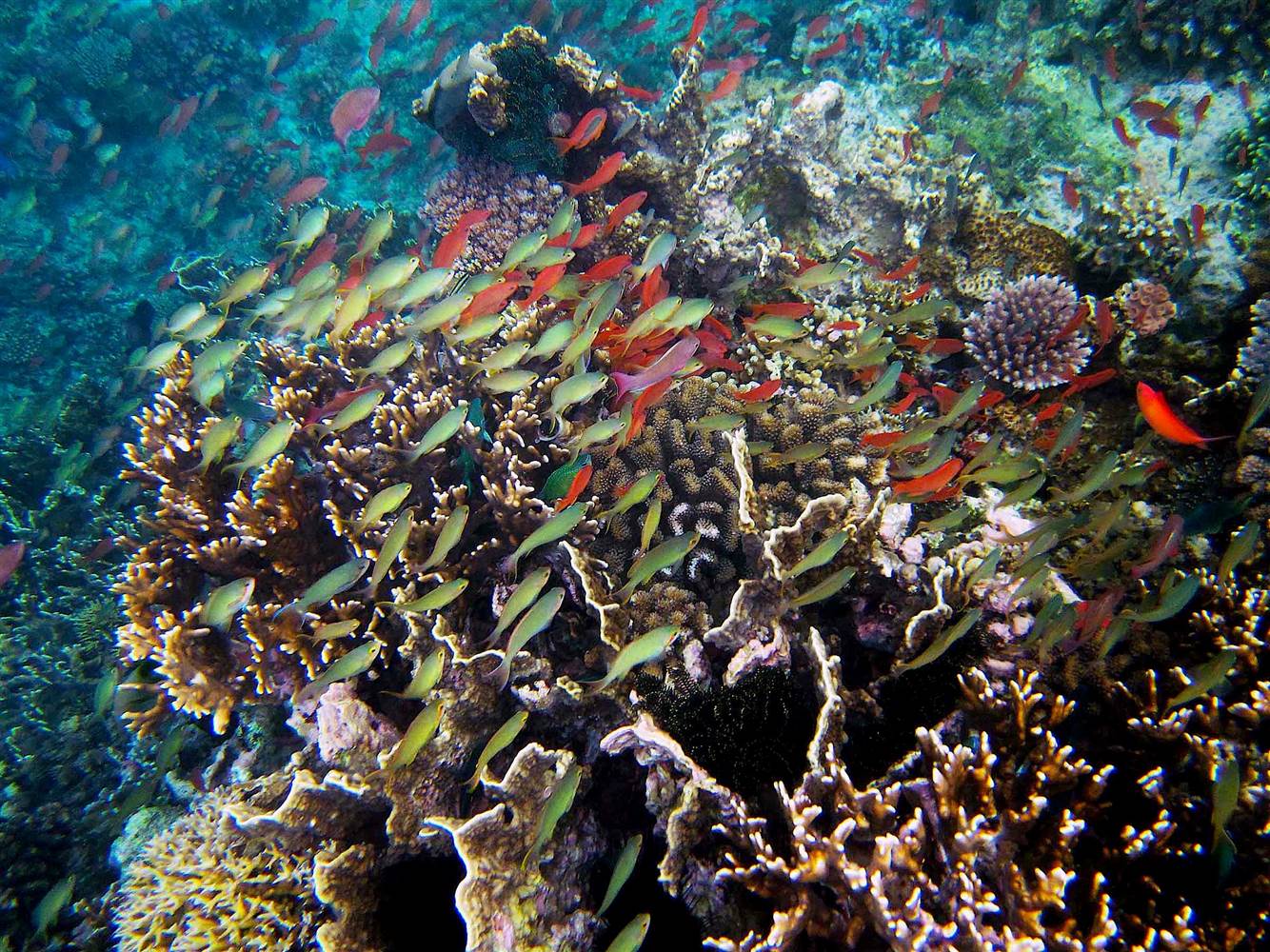
Photo credit: NBC News-Rich Mooi/California Academy of Sciences

